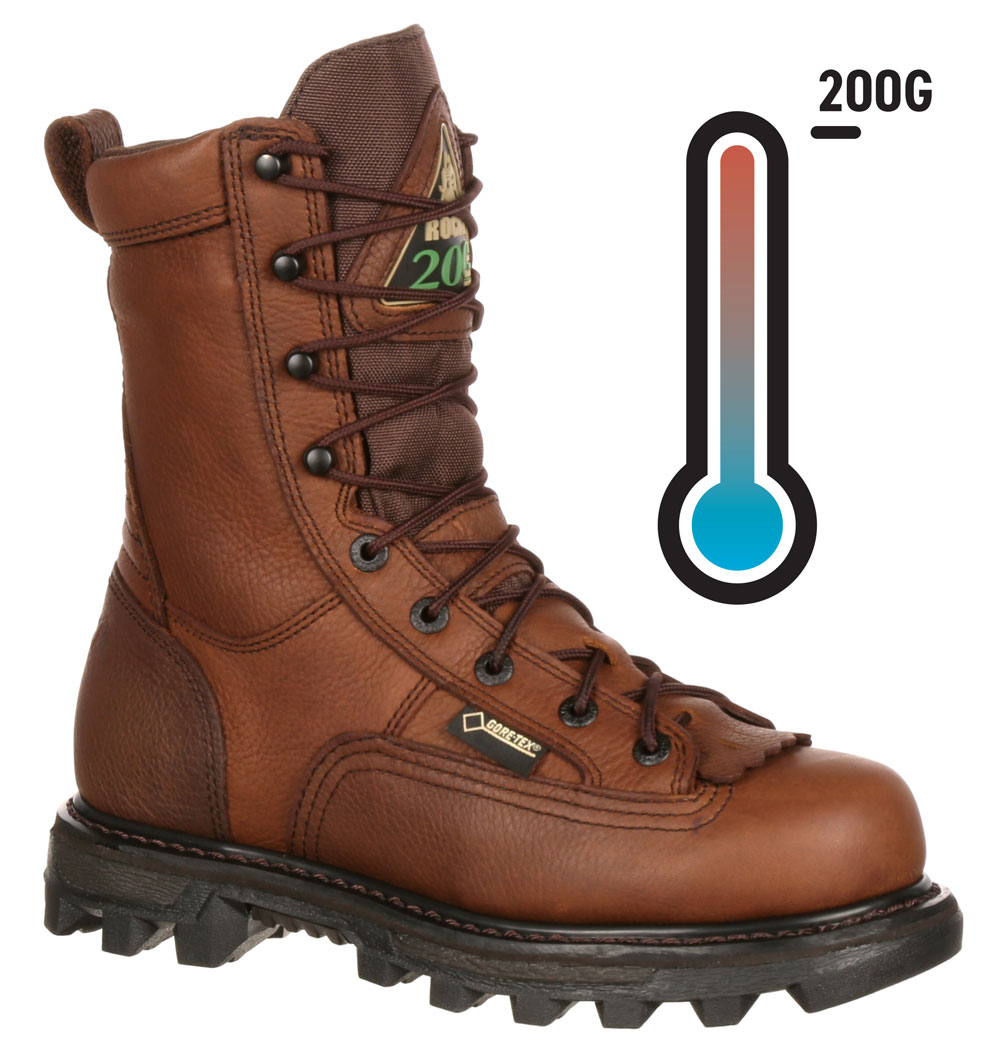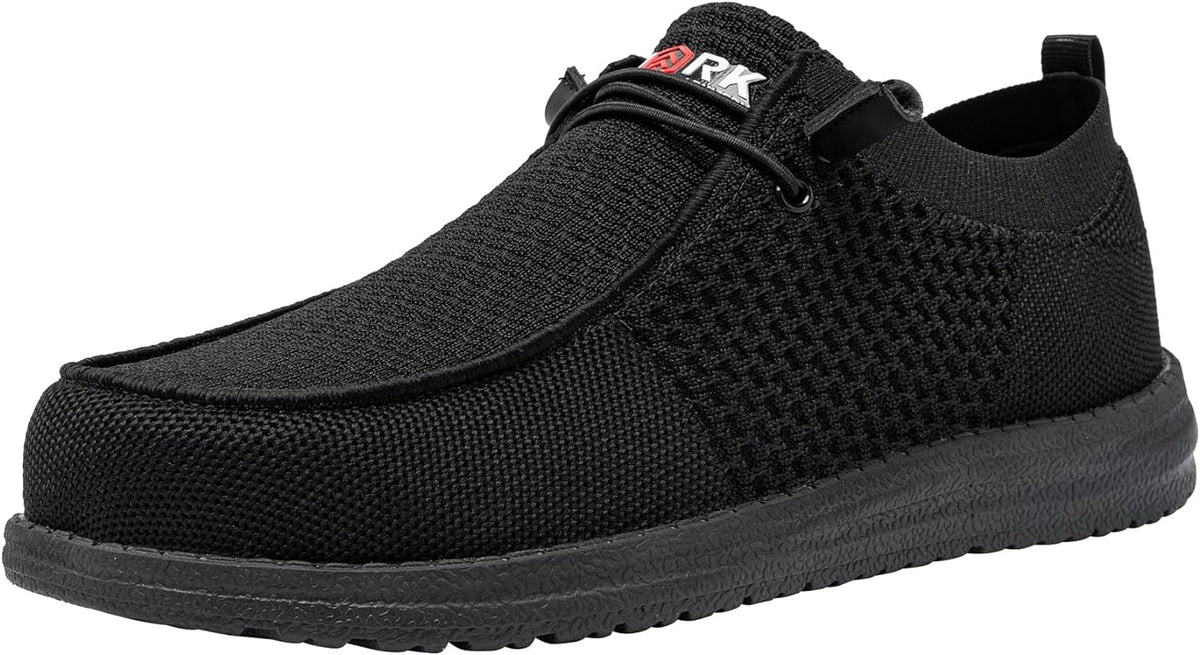Summer Hiking with 200g Insulation Boots

The allure of summer hiking - warmer temperatures, longer days, and the promise of breathtaking vistas. However, as inviting as the trails may be, the importance of proper footwear cannot be overstated. Among the myriad options available, 200g insulation boots have emerged as a stalwart choice for many hikers. But are they the right fit for your summer hiking adventures?
To answer this question, let’s delve into the world of insulation boots and explore their suitability for summer hiking.
Understanding Insulation Boots
Insulation boots are designed to keep your feet warm in cold temperatures. The 200g rating refers to the weight of the insulation material used in the boot. This type of boot is typically designed for cool to cold weather conditions, making them a popular choice for winter hiking and backpacking.
Benefits of 200g Insulation Boots for Summer Hiking
While 200g insulation boots may seem counterintuitive for summer hiking, they do offer several benefits that make them worth considering:
- Cooler Morning and Evening Temperatures: Even in the summer, high-altitude trails or those in shaded areas can be quite cool, especially in the early morning and late evening. 200g insulation boots can provide the necessary warmth during these times.
- Waterproofing and Breathability: Many insulation boots are both waterproof and breathable, making them an excellent choice for hiking in wet or humid conditions. This can be particularly beneficial in summer when unexpected rain showers or stream crossings are more common.
- Ankle Support and Protection: Insulation boots often provide superior ankle support and protection compared to lighter hiking shoes or trail runners. This can be crucial on rugged terrain, reducing the risk of ankle sprains and other injuries.
Considerations for Summer Hiking
While 200g insulation boots offer several advantages, there are also some considerations to keep in mind when using them for summer hiking:
- Heat and Moisture: The insulation can trap heat, leading to warm and potentially sweaty feet. This can be uncomfortable and may increase the risk of blisters.
- Weight: Insulation boots are generally heavier than hiking shoes or trail runners, which can affect your hiking speed and efficiency.
- Ventilation: Depending on the design, some insulation boots may not offer the best ventilation, which can be a drawback in warmer weather.
Comparative Analysis: Insulation Boots vs. Hiking Shoes
When deciding between 200g insulation boots and hiking shoes for summer hiking, it’s essential to weigh the pros and cons of each option. Here’s a brief comparison:
| Feature | 200g Insulation Boots | Hiking Shoes |
|---|---|---|
| Warmth | Excellent for cooler conditions | Less warm, better for hot weather |
| Waterproofing | Often waterproof and breathable | May not be waterproof, better ventilation |
| Ankle Support | Superior support and protection | Less support, lighter weight |
| Weight | Heavier | Lighter |
| Ventilation | Can be limited | Generally better ventilation |

Decision Framework for Choosing the Right Footwear
To make an informed decision about whether 200g insulation boots are right for your summer hiking plans, consider the following factors:
- Terrain and Conditions: If you’ll be hiking in wet, cool, or rugged conditions, insulation boots might be a good choice.
- Personal Preference: If you tend to feel cold or prefer more ankle support, insulation boots could be the better option.
- Expected Weather: Check the forecast and consider the potential for cooler temperatures or precipitation.
FAQ Section
Are 200g insulation boots too warm for summer hiking?
+While 200g insulation boots are designed for cooler conditions, they can be suitable for summer hiking in certain situations, such as high-altitude trails, shaded areas, or during cooler morning and evening temperatures. However, they may be too warm for hot and sunny conditions.
How do I choose between 200g insulation boots and hiking shoes for summer hiking?
+Consider the terrain, expected weather conditions, and your personal preferences regarding warmth, support, and weight. If you prioritize warmth, waterproofing, and ankle support, 200g insulation boots might be the better choice. For hotter conditions or lighter weight, hiking shoes could be more appropriate.
Can 200g insulation boots be used in wet conditions?
+Yes, many 200g insulation boots are designed to be waterproof and breathable, making them a good option for hiking in wet conditions. However, always check the specifications of the boots you're considering to ensure they meet your needs.
Conclusion
200g insulation boots can be a valuable addition to your summer hiking gear, especially in certain conditions or for hikers who prioritize warmth and ankle support. By understanding the benefits and considerations of these boots and comparing them to hiking shoes, you can make an informed decision that suits your specific hiking plans and preferences. Remember, the key to a successful and enjoyable hike is preparing for the unexpected and choosing the right gear for the task at hand.



